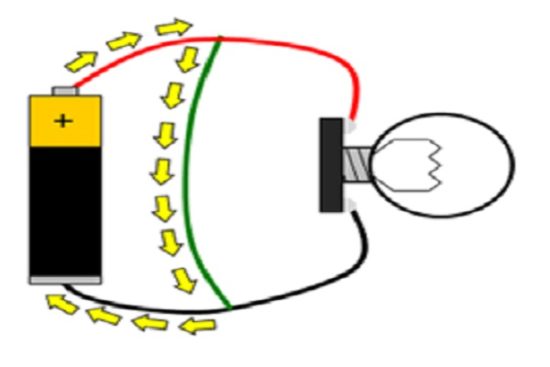No data found for Custom Course Number
No data found for Custom Course Units
Intended Audience: Electrical and general engineers
PDH UNITS: 4
In Introduction to Short Circuit Current Calculations, you'll learn...
- Short circuit current calculation for the industrial power system
- Basic theory for short circuit calculation in the electrical power system
- How excessive short circuit currents can be mitigated
Learning Objectives / Specific Knowledge or Skill Obtained
This course teaches the following specific knowledge and skills:- Fault analysis according to industry standards
- Models of branch elements
- Impedance diagram
- System modelling and computational techniques
- Extent of the model
- Extent and requirements of short circuit current studies
- Factors affecting accuracy of short-circuit studies
- Computer solutions
- Practical example.
Once completed, your order and certificate of completion will be available in your profile when you’re logged in to the site.
Ethics Courses
Course No.: E - 1638
PDH Units: 4









